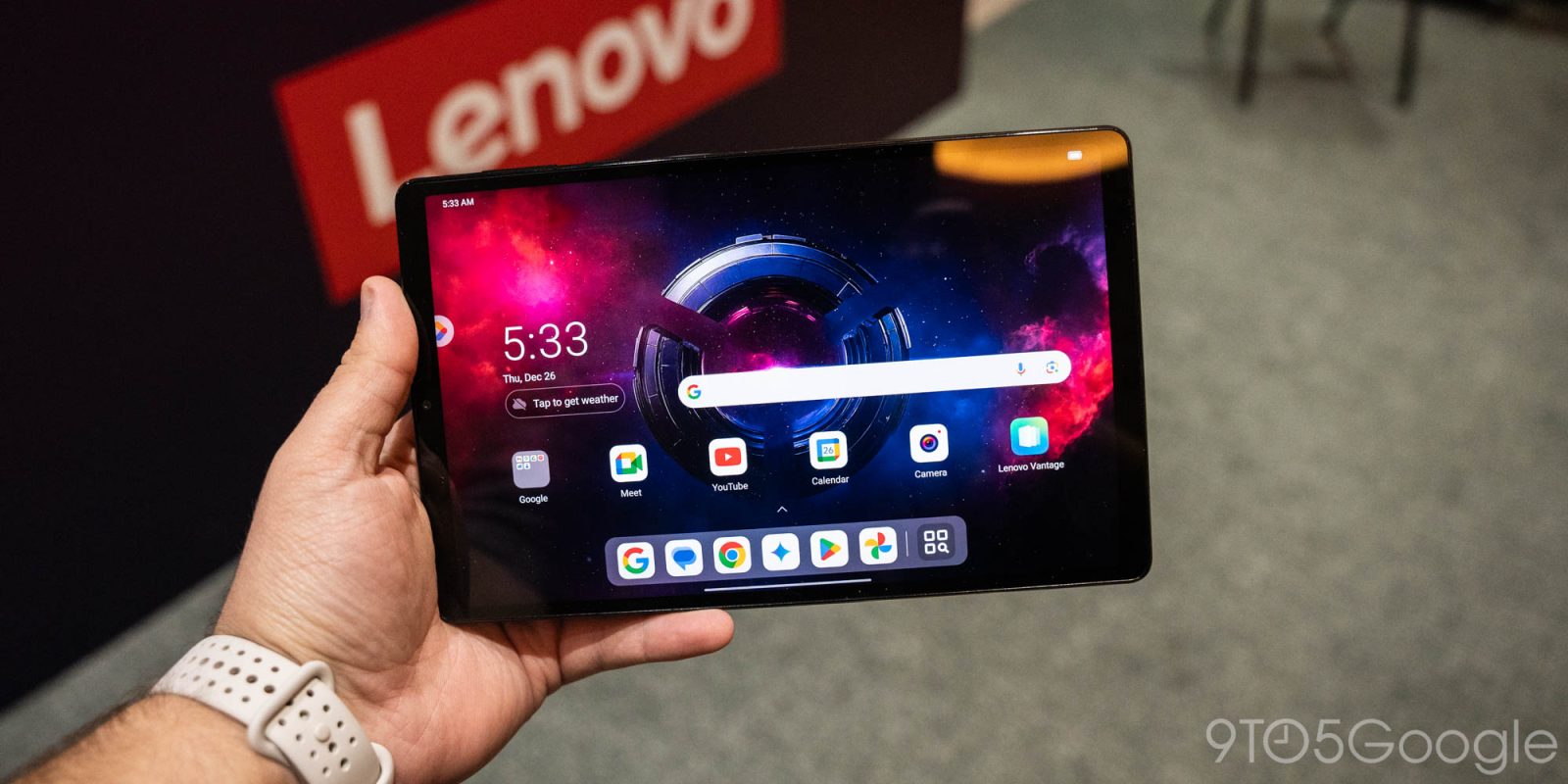Faisal Islam: Soaring UK borrowing costs are a problem for Rachel Reeves







The vehicles will be underpinned by a new in-house-developed operating system named after Honda’s iconic Asimo robot.
At CES in Las Vegas today, Honda showed off its promised new battery-electric Honda Zero prototypes. The first is an SUV based on its Space-Hub concept, called the Honda 0 SUV. The second is a sedan based on its Saloon concept, called the Honda 0 Saloon.
Honda says the two new EVs will go into production sometime in 2026. And as if that weren’t enough, the new vehicles will be the first to feature the automaker’s new in-house-developed Asimo operating system.

Concepts and prototypes are hard to judge because they are typically more design-focused than what consumers will eventually see at their local dealers.
That being said, the Honda 0 SUV looks a bit like an ’80s-era dustbuster got together with a Volvo EX30, while the Honda 0 Saloon looks somewhat akin to an anteater. But in person, both look much better than I expected.
The SUV, in particular, appears much closer to a final production version and offers a unique rear cargo opening that includes two fold-down tables on either side. The Honda 0 Saloon is much swoopier, while still appearing similar to the Saloon concept that Honda showed off in 2024. Still, Honda toned it down, replacing the gull wing-style doors on the concept with more normal ones. A set of retro-style headlights blink open and look similar to Lamborghini Countach designs of the ’80s.

There’s something noticeably nostalgic about the design. When the doors of the Saloon are open, the yoke-style steering wheel rotates so that the driver can slide into the low-slung seat without getting snagged. And when the doors are closed, the yoke rotates back down. That’s possible because the Zero platform is drive-by-wire. (In the SUV, the yoke remains stationary.)
Both interiors still look highly prototyped, with a dash-sized screen stretching from pillar to pillar. It’s reminiscent of the forthcoming Afeela EV from Honda’s joint venture with Sony. (The Afeela also got a proper rollout this week.)
The exterior designs also have an element of the luxury automaker Lagonda, a brand owned by Aston Martin that has dipped in and out of existence over the years. One of the more polarizing designs that Aston brought to the market, the Aston Martin Lagonda Shooting Brake, looks very similar to the designs that Honda showed off at the show.
The Honda 0 SUV will be the first to go into production for the North American market in 2026 that Honda said it will build at its factory in Ohio. And it will likely drive similarly to the Honda Zero prototype CR-V that I drove in Japan in October.

Honda says Honda Zero embodies three principles: “thin, light, and wise.” At CES, Honda executives said they were focused on showing off the “wise” principle.
That includes a new, in-house-developed operating system called Asimo OS, named after the company’s Asimo humanoid robot from the early 2000s that was designed for “people’s daily lives.”
Honda retired Asimo in 2018 to focus on “more practical” applications. But the company retained a lot of information from the more than 33.26 million steps the robot took over its lifetime about some of the stumbling blocks and safety issues a fully autonomous robot would have to overcome. When Honda unveiled Asimo in 2000, it was widely heralded as both a beloved friend (which once played soccer with President Barack Obama and could autonomously recognize a human wave as well as moving objects) and a symbol of Japanese technological advancement.


As an icon of robotics, Honda decided to name its new operating system after Asimo. The new OS will allow for things like “ultra-personal optimization” of the digital experience as well as automated driving. Honda also said it plans to integrate the management of its electronic control units (ECUs) for the vehicle for better control of functions like suspension, braking, and handling.
Honda’s Zero vehicles will be equipped with Level 3 automated driving, which allows the driver to take their hands, feet, and attention off the road ahead, depending on the conditions. Currently, Honda only offers this feature on its Honda Legend sedan equipped with the company’s Sensing Elite tech, which is only available to lease in Japan.
Honda says that it will leverage its relationship with Helm.AI (a company that Honda invested more than $30 million in in 2022) as well as its own AI development to learn from “smaller amounts of data” so that its automated driving system can rapidly expand the range of conditions in which it can be used.


Honda said it wants to offer Level 3 autonomy in heavy traffic situations and expand the offerings from there via over-the-air updates. All Zero vehicles will have the option for this technology at an “affordable” price.
Honda did not give further details about pricing but did say that the system will allow occupants to watch videos or remotely join a meeting in the car when the Level 3 system is engaged.
All Honda Zero vehicles will come with this new OS and be updatable over the air. The system will also “learn” from and adapt to each “user.” Because, in the era of software-defined vehicles, there are no longer drivers and passengers, but users to “enhance the joy of driving.”


Honda also announced a new partnership with Japanese semiconductor manufacturer Renesas to create a system-on-a-chip to cut down on the number of ECUs and handle more processing demand.
Most vehicles today have multiple ECUs handling different systems. Each one has to communicate to the other in milliseconds, which requires a lot of compute power. The more ECUs in a vehicle, the more wiring, the more code, and the more lag, so Honda is partnering with Renesas to create a single ECU for future Zero vehicles.
Honda says that its ECU will handle everything from ADAS to powertrain and comfort features as well as AI — and that this will require a chip that can handle all of that processing demand at once.
Honda’s move to bring this development more in-house is part of a wider trend of automakers moving away from off-the-shelf, plug-and-play-style options for their software needs. Instead, they’re developing bespoke ECUs, chips, and other components to handle the increasing demands of the software-defined vehicle, especially in light of AI adoption and autonomous driving systems.
President-elect Donald Trump and Emirati billionaire Hussain Sajwani revealed a $20 billion foreign investment plan to build data centers across the U.S. during an announcement at Mar-a-Lago on Tuesday. The ambitious project, backed by Sajwani’s DAMAC Properties, marks a significant […]
The post Hussain Sajwani and Trump unveil $20 billion investment to build AI and hyperscaler data centers in the U.S. first appeared on Tech Startups.

Courtesy of Kathleen Elkins
My job involves interviewing people who are good with money — self-made millionaires, early retirees, and "super savers" who keep the majority of their income — and asking them to share their wealth-building strategies.
After nearly a decade of talking to these money-savvy individuals and absorbing their knowledge, I've implemented a lot of what they advise: I automate my savings and investments, live within my means, track my expenses and net worth, and take advantage of an HSA.
I have a lot of the personal finance basics down, but in the spirit of a new year and always trying to improve, I've decided to think bigger for 2025 and tackle one particular wealth-building strategy I've written about but never dared to try: starting a business.
One observation from talking to financially independent individuals is that they don't rely on a single source of income. They have at least two and, oftentimes, multiple revenue streams. Even the super savers tell me that there's a cap on how much you can save. But how much you can earn, they point out, is limitless.
Another commonality is that one of their revenue streams comes from their own business.
I've spoken to Amazon and Etsy sellers who have built e-commerce empires, content creators who drive passive income from courses and affiliate links, and a millennial who went from broke to seven figures by building websites and flipping domains.
The business model that most intrigued me — and seemed doable on a budget — was e-commerce. Essentially, selling a product on platforms like Amazon.
I learned through interviews that there are three main ways to make money on Amazon.
There's arbitrage, which is the most basic, low-cost way to start selling on Amazon. This is when you source products from different marketplaces to sell. To be profitable, you must buy the product for less than it sells on Amazon. After reselling, you keep the difference.
The next tier is wholesaling. This is when you buy products in bulk and resell them on Amazon. Like arbitrage, you aren't making your own product — you're simply reselling an existing product — but you're spending more money upfront on inventory.
Finally, there's the private label route. E-comm experts have explained to me that starting a private label brand is the most time-consuming and costly but has the most upside. It requires actually creating a product and brand.
I went with the latter and technically started the company in 2024 when a friend and I designed a pickleball paddle and ordered inventory from a manufacturer in Asia. My goal in 2025 is to sell the 500 paddles that are on their way from China to my apartment in LA, build a brand I'm proud of, evaluate whether selling a product online is a suitable side hustle for me and my strengths, and write about every step of the process.

Kathleen Elkins
I don't expect building a side business to be easy. And everything I've done so far has cost more and taken more time than anticipated.
Most of the financially independent entrepreneurs I've spoken to started with a side hustle — and, in some cases, simply a side project or hobby that cost them money, let alone brought any in. They put their heads down from 9-to-5, worked for an employer to cover their bills, and then reserved 5-to-9 for building businesses.
Carving out time and energy to work on a side project that might not generate sales while simultaneously working a full-time job isn't for the faint of heart. These self-made entrepreneurs put in a lot of hours for an unknown outcome.
NeuroGum cofounder Kent Yoshimura, who worked at a music studio and as a muralist while building a caffeinated gum and mint company, admitted to pulling "an all-nighter once a week" in the early days of his startup.
Jatz Naran said he built his Amazon business between the hours of 6-and-10, after his day job would wrap up. "Forget work-life balance," he told me. At the end of the day, "you have to sacrifice one thing for another."
What's intriguing about starting a business is that you're in the driver's seat. The success or failure of the company is up to you. How much you and the company earn is up to you.
I'm reminded of something real-estate entrepreneur Dion McNeeley told me during an interview: Think beyond your day job.
His revenue streams at the time included his day job running a commercial truck driving school, long-term rental income from his portfolio of 16 properties, and a side hustle as an expert witness, which is someone who is called to testify during a trial because of their specific knowledge. He provided expert testimony for cases involving truck driving accidents.
"I make way more money spending two hours a month on real estate and one to two hours a month providing expert testimony than I make running a truck driving school," said McNeeley, who has since retired from his day job. "The mistake a lot of people make is selling their lives one hour at a time and not realizing that you make a lot more money when you get paid on the value you produce."

The messaging app handed over user data on thousands of Telegram users to U.S. authorities over 2024, the data reveals.
© 2024 TechCrunch. All rights reserved. For personal use only.
Honda is adding to its so-called 0 Series of EVs with a new SUV it just revealed at CES 2025. The company showed off a mid-size SUV prototype dubbed, surely enough, the 0 SUV, which will join the 0 Saloon that Honda showed off at last year’s show. A production version of the SUV will […]
© 2024 TechCrunch. All rights reserved. For personal use only.
At CES 2025 in Las Vegas, Panasonic unveiled its upcoming digital assistant, Umi, which offers families a personalized, AI-powered wellness coach. Created in partnership with Anthropic, Umi uses the Claude AI model to help families “care, coordinate, and connect” with each other, the company said. More specifically, this involves an AI assistant that focuses on […]
© 2024 TechCrunch. All rights reserved. For personal use only.



Google is kicking off 2025 Pixel updates with the Android 15 January security patch today for the Pixel 6, 6 Pro, 6a, 7, 7 Pro, 7a, Tablet, Fold, 8, 8 Pro, 8a, 9, 9 Pro, 9 Pro XL, and 9 Pro Fold.
more…
Android tablets have always been better when they’re smaller. That’s why the Nexus 7 was such a hit. But, if you look back over the past decade, Android tablets with any real power basically don’t exist under 10-inches or so. That’s why the new Lenovo Legion Tab, announced at CES 2025, is so exciting – it’s basically Android’s iPad Mini.
more…